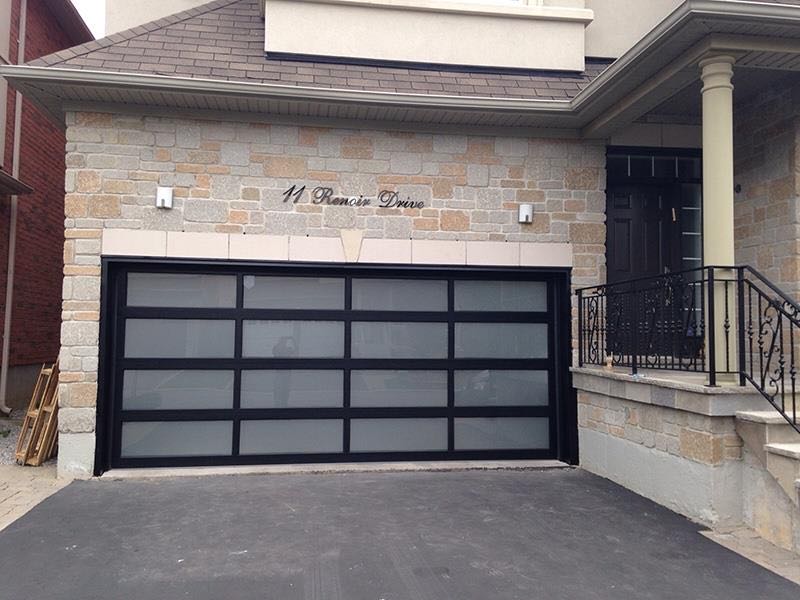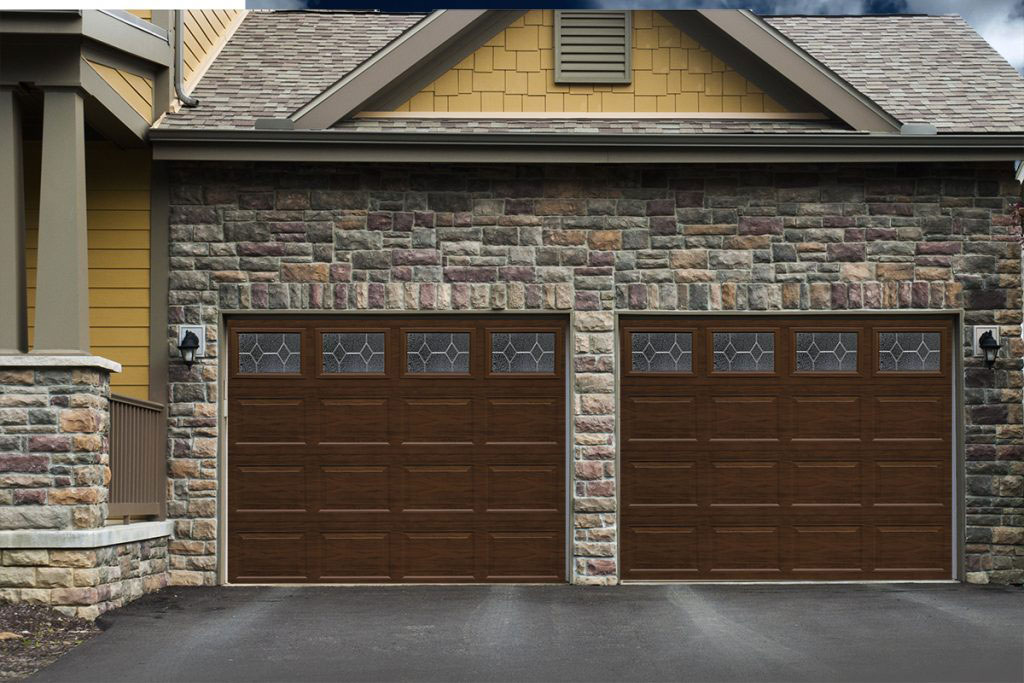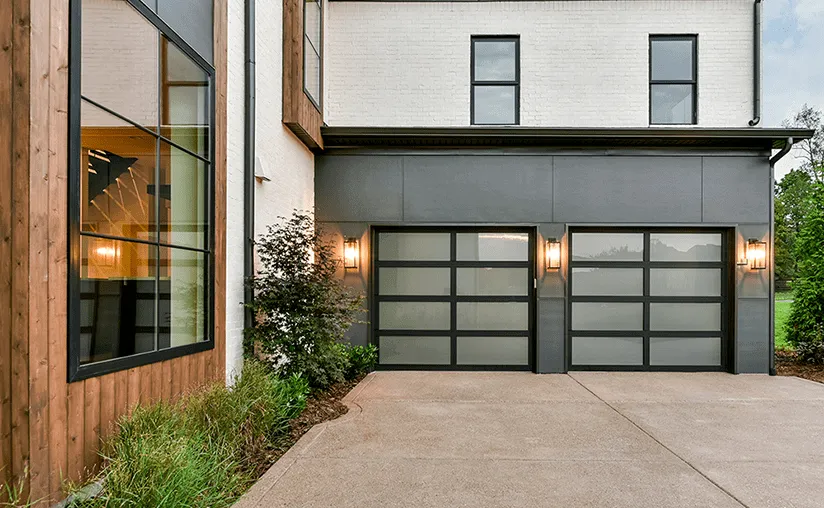Automatic vs. Manual Doors: Which One Saves More in the Long Run?
Your garage doors groans as you wrestle it open on a freezing Toronto morning, muscles straining against stubborn rollers and track resistance. Meanwhile, your neighbor glides past in their car, their automatic garage door closing smoothly behind them with a single button press. That moment makes you wonder: beyond the obvious convenience, does that automatic opener actually save money over time, or is it just an expensive luxury draining their wallet? The answer involves more than comparing installation costs—it’s about understanding how initial investment, energy efficiency, maintenance expenses, and long-term durability shape the true financial picture.
The Fundamental Difference: Understanding Your Options
Before diving into cost analysis, it’s essential to understand what distinguishes automatic from manual door systems. Manual doors rely entirely on human effort, using traditional springs and basic hardware components to counterbalance weight. Whether for residential garage door applications or commercial doors, manual operation requires physical strength to lift, hold, and secure the door.
Conversely, automatic garage doors incorporate an opener system—typically an electric garage door opener with chain drive, belt drive, or side mounted garage door opener mechanisms. These systems use ELECTRIC operators to lift sectional overhead doors or steel sectional doors, controlled via remote, wall switches, or increasingly, smart technology integrated with home ecosystems through Internet of Things connectivity.
Key Components of Each System:
Manual Doors Include:
- Torsion springs or extension springs for counterbalance
- Standard hardware including hinges, rollers, and track
- Manual release lever and locking mechanisms
- Basic weather seals and weather stripping
- Minimal security features beyond manual locks
Automatic Garage Doors Feature:
- Automatic garage door opener with motor
- Remote-controlled access systems
- Auto-reverse mechanism for safety
- Smart technology integration options
- Enhanced security codes and security features
- Automated Weather stripping systems
- Battery backup in premium models
Initial Investment: The Cost Reality Check
The most obvious difference appears in upfront costs. Manual door installation runs significantly cheaper than automatic systems. A basic steel traditional garage doors installation with manual operation might cost $800-$1,500 for residential applications, while comparable automatic garage door installation ranges from $1,200-$3,000+ depending on opener quality and features.
However, this comparison oversimplifies the equation. Manual systems for larger commercial doors or steel sectional doors on semi-detached units may require specialized hardware components that increase costs. Meanwhile, modern automatic opener technology from manufacturers like Garaga, Clopay, Amarr, C.H.I, or Richards-Wilcox offers various price points matching different budgets.

Cost Considerations by Application:
Residential Scenarios:
- Single car garage: Manual saves $400-800 initially
- Double car garage: Manual saves $600-1,200 initially
- Carriage house garage doors: Premium styling increases both options
- Olympus Steel Carriage House Garage Doors: Aesthetics justify automatic investment
Commercial Applications:
- INDUSTRIAL loading dock equipment: Automatic essential for operations
- Multi-bay facilities: Automatic dramatically improves workflow
- Retail or service locations: Automatic enhances customer experience
- Heritage steel traditional designs: Either option works aesthetically
Furthermore, installation process complexity affects labor costs. Automatic systems require electrical work, precise alignment of sensors, and programming—all requiring professional expertise. Manual installations prove simpler, though professional installation still ensures proper spring tension and track alignment for safety and long-term durability.
Energy Efficiency: The Hidden Cost Factor
Energy efficiency represents a less obvious but significant long-term cost consideration. Manual doors require no electricity for operation, seemingly offering an advantage. However, this perspective misses critical details about thermal performance and air sealing.
Modern automatic garage door systems incorporate superior insulation technology. Products featuring Polyurethane Insulation, Neufoam™ cores, or advanced R-value ratings minimize heat transfer between conditioned garage space and exterior temperatures. Additionally, automatic systems using WeatherLock™ System technology or similar Weather seals create airtight closures impossible to achieve consistently with manual operation.
Energy Performance Factors:
Insulation Benefits:
- Insulation R-value in automatic systems ranges from R-8 to R-18+
- Polyurethane insulation outperforms traditional batt insulation
- Insulated clear glass windows reduce heat loss while maintaining light
- THERMATITE Doors offer exceptional thermal performance
- Steel frames with thermal breaks prevent heat conduction
Sealing Efficiency:
- Automatic doors close with consistent pressure ensuring complete sealing
- Weather stripping maintains contact across full perimeter
- Manual doors often closed incompletely, creating air leaks
- Automatic systems eliminate human error in closure
- Properly sealed automatic systems reduce HVAC costs year-round
For homes in Toronto and Canadian climates with extreme seasonal temperature variations, these energy efficiency gains compound annually. A garage sharing walls with living spaces sees particular benefit, as improved insulation and sealing reduce heating costs during frigid winters and cooling expenses during humid summers. Over a 15-20 year door lifespan, energy savings can offset much of the initial cost premium for automatic systems.

Maintenance and Repair: The Long-Term Expense Reality
Maintenance costs significantly impact long-term ownership economics. Both systems require periodic attention, though the nature and frequency differ substantially. Understanding these patterns helps predict true lifetime costs beyond initial installation.
Manual Door Maintenance Requirements:
- Spring replacement every 7-10 years ($150-300 for torsion springs)
- Roller replacement when worn ($100-200)
- Track adjustments and repairs as needed ($80-150)
- Lubrication and inspection annually ($80-120 if professional)
- Cable repair when fraying occurs ($100-200)
- Weather seal replacement every 5-8 years ($50-100)
Total estimated manual system maintenance over 20 years: $1,500-2,500
Automatic System Maintenance Needs:
- All components listed above for manual doors
- Opener motor maintenance and eventual replacement ($300-800)
- Sensor alignment and repair ($100-200)
- Remote programming and receiver updates ($50-150)
- Chain drive lubrication (DIY typically)
- Auto-reverse mechanism testing and adjustment
- Emergency repair service if opener fails
Total estimated automatic system maintenance over 20 years: $2,200-3,800
Initially, this comparison appears to favor manual systems. However, several factors complicate the calculation. Manual doors experience more wear on springs and components because users frequently slam doors closed or apply uneven force during operation. Moreover, manual operation increases injury risk—medical costs from garage door injuries dwarf maintenance expenses.
Additionally, automatic systems from quality manufacturers like Overhead Door™ Brand, Prestige Garage Door Services, or Anchor Doors & Service often include comprehensive warranty coverage. Products with LIFETIMER™ WARRANTY or similar coverage dramatically reduce owner maintenance costs. Furthermore, authorized dealers typically offer service packages and DISCOUNTS on maintenance for automatic system owners.
Modern smart garage door installations with state-of-the-art technology enable predictive maintenance through sensors monitoring components. These systems alert homeowners to worn parts before failure occurs, preventing inconvenient breakdowns and potentially costly emergency repair service calls during off-hours.
The Verdict: Which Actually Saves Money Long-Term?
After examining all factors—initial costs, energy efficiency, maintenance expenses, safety, and convenience—which system actually costs less over typical ownership periods?
For Most Residential Applications: Automatic systems typically break even or prove cheaper over 15-20 years when accounting for energy savings, reduced maintenance from gentler operation, and avoided injury costs. The convenience and quality-of-life improvements further justify the investment for most homeowners.
For Commercial Scenarios: Automatic systems almost always prove cost-effective through improved operational efficiency, reduced labor for manual operation, enhanced security, and improved customer experience. INDUSTRIAL applications particularly benefit from automation.
When Manual Makes Sense:
- Seasonal use garages (cottages, storage buildings)
- Very tight budgets with no financing options
- Simple storage structures without climate control
- Secondary doors used infrequently
- Locations with unreliable electrical service
- Preference for simplicity over technology
When Automatic Proves Superior:
- Daily-use residential garage door installations
- Attached garages affecting home energy efficiency
- Commercial doors requiring frequent operation
- Users with mobility limitations or health concerns
- Security-sensitive applications
- Climate-controlled garage spaces
- Integration with smart home ecosystems

Why Choose Doormatic
Doormatic delivers expert guidance navigating automatic versus manual door decisions for both residential and commercial applications across Toronto and surrounding areas. Our relationships with leading manufacturers—including Garaga authorized dealers, Clopay, Amarr, and other top Canadian manufacturing brands—ensure access to quality products at competitive prices. We provide comprehensive solutions from initial consultation through installation process and ongoing maintenance, backed by strong warranty support. Our experienced professionals understand how different door solutions align with specific requirements, budgets, and long-term objectives, ensuring recommendations that genuinely serve your best interests rather than pushing premium products unnecessarily.
Conclusion
Automatic garage doors typically deliver better long-term value than manual alternatives when considering total ownership costs beyond initial purchase price. Energy efficiency gains, reduced wear from proper operation, enhanced safety features, and superior convenience combine to offset higher upfront investment. However, individual circumstances—usage frequency, budget constraints, building requirements, and personal preferences—ultimately determine the optimal choice. The key lies in honest assessment of your specific situation rather than assuming either option universally saves more money.
Ready to Make the Right Door Investment?
Contact Doormatic today for expert consultation on automatic versus manual garage door solutions. Our team will assess your specific requirements, explain options from leading manufacturers, and provide transparent cost comparisons helping you choose the system that delivers genuine long-term value. Schedule your consultation and discover how the right door solution enhances your property while respecting your budget.